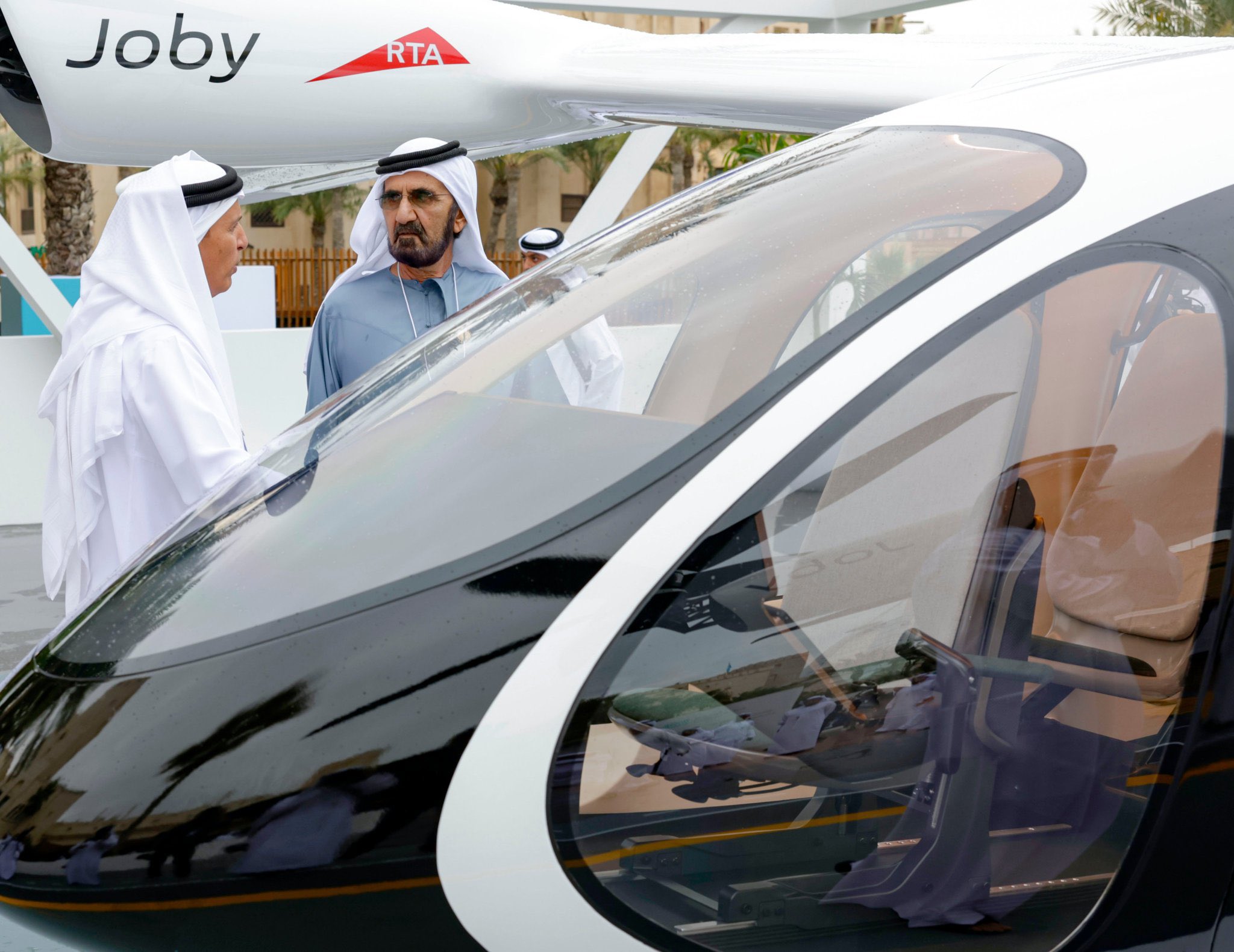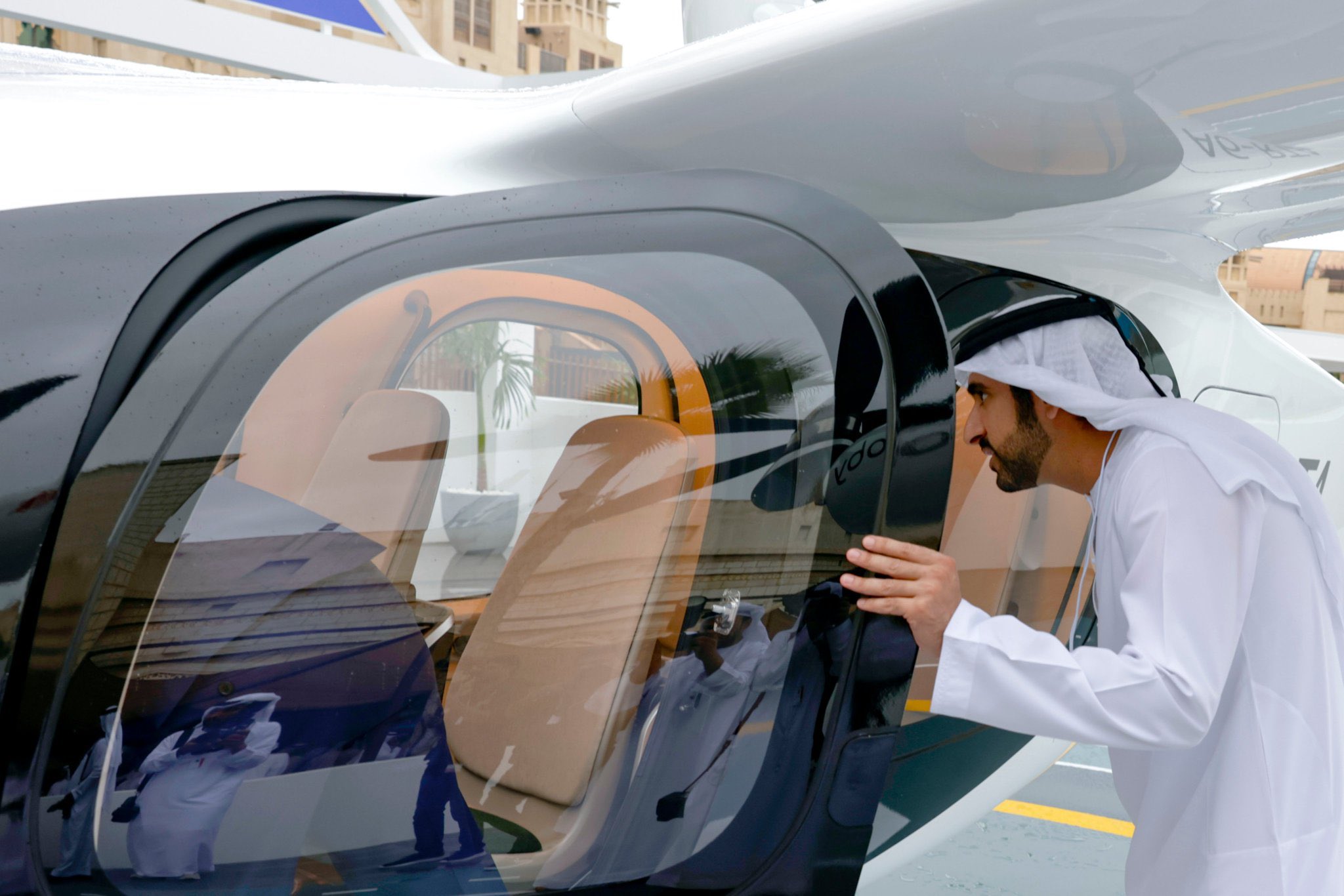
In a bold leap toward environmental leadership, Ras Al Khaimah International Airport (RAK Airport) is integrating cutting-edge sustainable technologies as part of a major terminal expansion—becoming the first airport in the Middle East and Asia to adopt DYNAES’s revolutionary thermodynamic energy efficiency system.
This milestone initiative is more than a technical upgrade; it’s a statement of intent. With Ras Al Khaimah’s tourism and economy rapidly accelerating, airport authorities are ensuring that growth goes hand-in-hand with sustainability. The move reflects a broader commitment to reducing environmental impact while meeting rising air travel demands.
Cooling Innovation, Warming Planet's Hope
Recognizing that air conditioning systems account for some of the highest energy consumption in airport operations, RAK Airport—guided by consultants ARTELIA Airport and STG Contracting—has turned to DYNAES’s breakthrough technology, first unveiled at Dubai COP28. The system’s installation in the terminal extension marks a regional first.
“Sheikh Salem bin Sultan Al Qasimi, Chairman of the Ras Al Khaimah Department of Civil Aviation, highlighted the vision behind the move: “RAK Airport joined the Retrofit Energy Program in 2023. Now, we are proving how even older infrastructure can lead the way in sustainability.”
Developed alongside leading scientific institutions including Mines Paris PSL, TÜV, and CNRS, DYNAES’s patented system enhances thermal performance without increasing compressor power or requiring complex electronics. It works by optimizing the interaction between refrigerants and lubricating oils in air conditioning systems—delivering improved reliability, maintainability, and energy savings.
Professor Assaad Zoughaib of Mines Paris PSL called the innovation “a major scientific breakthrough in the field of thermodynamics.”
Big Impact, Low Footprint
The environmental potential is massive. If deployed globally, DYNAES’s system could slash carbon emissions by up to 7%—equivalent to the total emissions from the internet and air traffic combined. At RAK Airport, the technology is supported by seasoned partners Airchal and Takyeef Factory, ensuring a strong foundation for its regional rollout.
This technology boost also aligns with RAK’s broader goals of economic diversification and sustainable development. With a 28% rise in passenger traffic last year, the airport is rapidly scaling up. Recent route expansions include Air Arabia’s new service to Uzbekistan and planned connections to Kenya, Georgia, and India via IndiGo.
A Model for Green Growth
RAK Airport’s ambitious blend of infrastructure growth and environmental responsibility is setting a new regional standard for sustainable aviation. As the airport continues to grow as a vital hub for tourism and trade, it is doing so with an eye firmly fixed on the future—one where economic and environmental priorities go hand in hand.
Ras Al Khaimah may be a smaller Emirate, but with RAK Airport leading the charge in clean technology, it’s making a big impact in global sustainability conversations.



.jpg)


.jpg)













.jpg)
.jpg)









.jpg)
.jpg)




.jpg)
.jpg)






.jpg)

.jpg)







